Sign up for workout ideas, training advice, reviews of the latest gear and more.

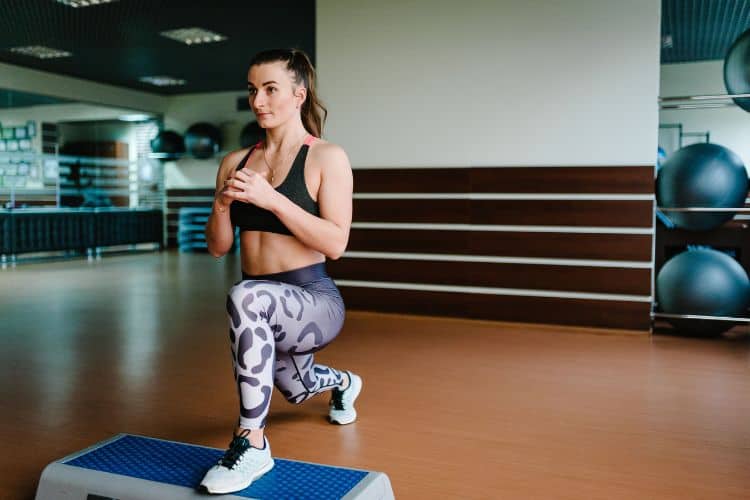
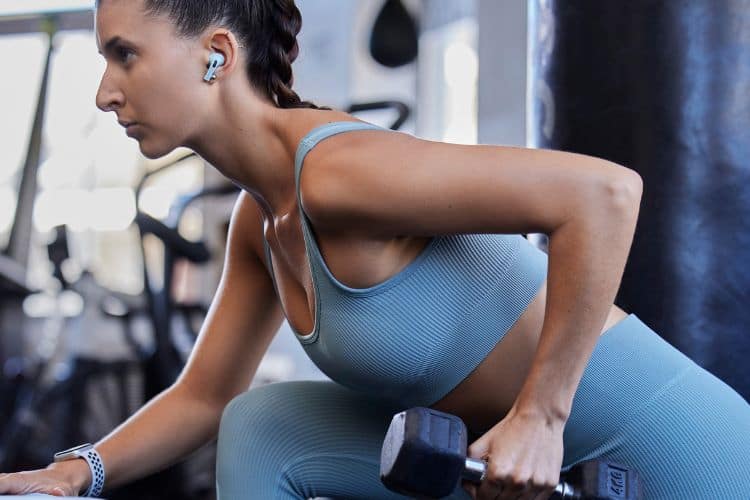
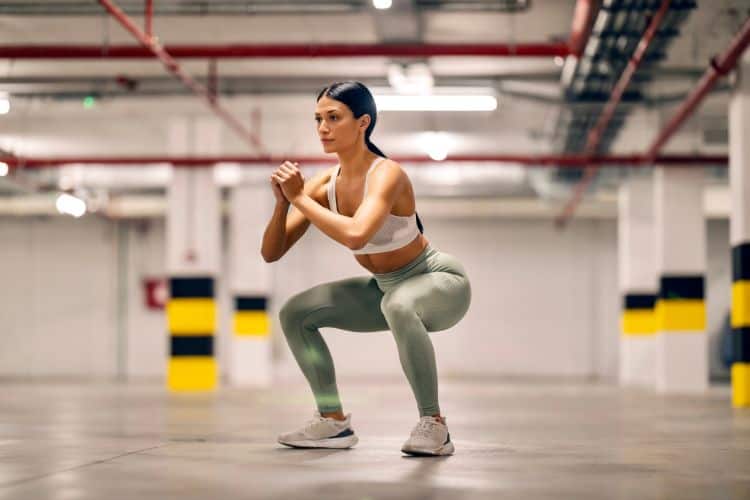
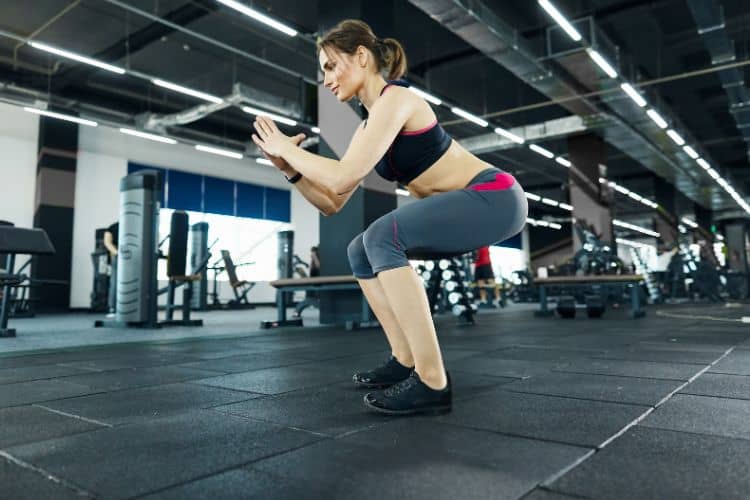
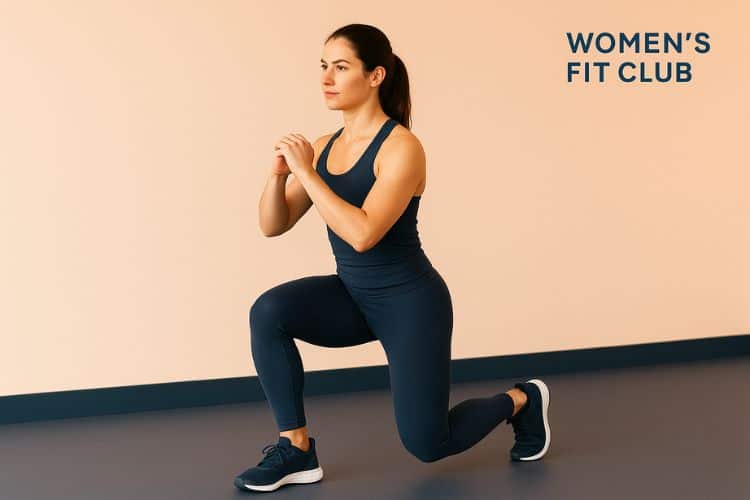
If you’re looking to tone your legs, burn fat, and build endurance—all in under 30 minutes—then this 30-minute HIIT leg workout for beginners is the perfect place to start. High-Intensity Interval Training (HIIT) combines short bursts of intense exercise with quick rest periods, helping you torch calories and strengthen your lower body efficiently, even if you’re short on time.
This beginner-friendly routine is designed to target your quads, hamstrings, glutes, and calves, while also boosting your heart rate for maximum fat-burning benefits. No gym membership or fancy equipment required—just your body, a mat, and motivation.
HIIT, or High-Intensity Interval Training, involves alternating between periods of high-effort exercise and short recovery times. This training style challenges your cardiovascular system, improves endurance, and accelerates fat loss in less time than traditional workouts.
When applied to leg exercises, HIIT focuses on compound movements that activate multiple muscle groups simultaneously—like squats, lunges, and jumps—helping you build lean muscle and improve lower-body strength.
Your legs contain some of the largest muscles in your body—glutes, quadriceps, hamstrings, and calves. Working them through HIIT not only tones and strengthens but also stimulates your metabolism, meaning you continue to burn calories long after your workout is over (thanks to the afterburn effect, or EPOC).
A 30-minute HIIT workout can burn as many calories as a full hour of moderate exercise. By pushing your body during intense intervals, you increase calorie burn both during and after the workout.
This workout strengthens key leg muscles, improves balance, and enhances overall athletic performance. Over time, you’ll notice increased stamina and stronger, more defined legs.
HIIT elevates your metabolism for hours after training, turning your body into a fat-burning furnace. This helps with weight management and improved body composition.
Beginners can complete this workout anywhere—home, park, or gym—without any weights. As you progress, you can add dumbbells or resistance bands to make it more challenging.
Leg-focused HIIT exercises enhance coordination, flexibility, and joint stability—key factors for everyday movements and injury prevention.
Before jumping into the workout, it’s essential to warm up properly to prepare your muscles and joints, increase circulation, and reduce injury risk.
Perform each move for 30 seconds, repeating the circuit twice.
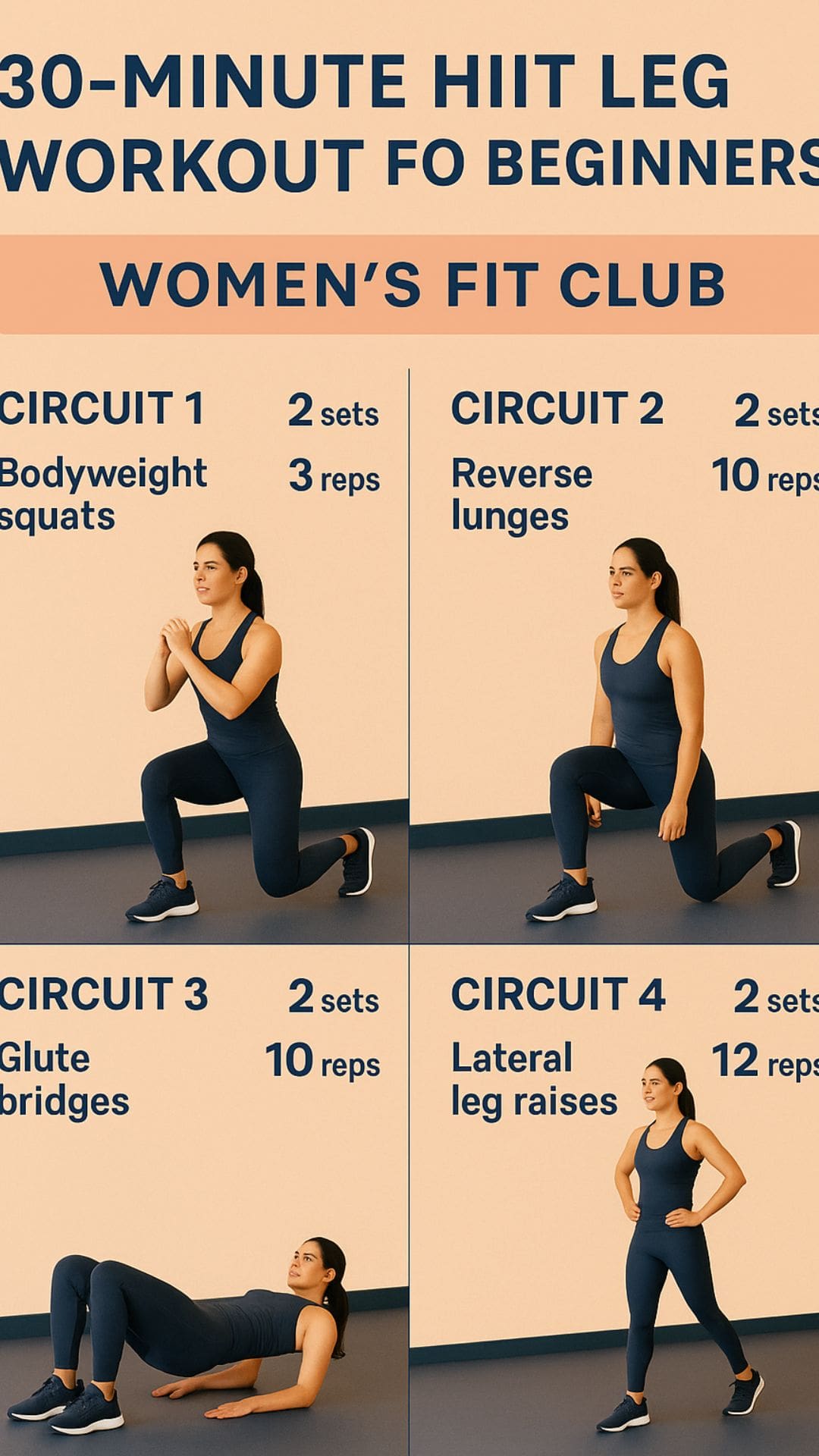
This routine includes four circuits, each designed to strengthen, tone, and challenge your lower body. Perform each exercise for 40 seconds, rest for 20 seconds, and take a 1-minute break between circuits.
If you’re new to HIIT, start slow and focus on proper form. As you build endurance, you can increase intensity or add light weights.
Build a solid base by activating major leg muscles.
This section adds dynamic movement to boost heart rate and athletic performance.
Focus on stabilizing muscles while maintaining steady effort.
End strong with this high-intensity finisher to push your limits and maximize fat burn.
After finishing your 30-minute HIIT leg workout, take time to cool down and stretch. This helps reduce soreness, improve flexibility, and aid recovery.
Hold each stretch for 20–30 seconds per side.
Form is everything. Prioritize quality over speed to prevent injuries and get the most out of each movement.
If you’re new to HIIT, begin with shorter intervals (like 30 seconds of work, 30 seconds of rest) and gradually increase intensity as your stamina improves.
Consistency is key for progress. Aim for 3 HIIT leg workouts per week, alternating with rest or low-impact cardio days.
Drink plenty of water before and after your workout. Refuel with protein and stretch to aid recovery and muscle repair.
If you feel sharp pain or extreme fatigue, take a break. It’s normal to feel sore—but not injured.
As you get stronger, you can make this routine more challenging by incorporating dumbbells or resistance bands. For example:
Adding resistance helps build lean muscle mass, boosting your metabolism and shaping your legs even more effectively.
Here’s how to include this 30-minute HIIT leg workout into your weekly fitness plan:
| Day | Workout Type |
|---|---|
| Monday | 30-Minute HIIT Leg Workout |
| Tuesday | Active Recovery (Yoga or Walking) |
| Wednesday | Upper Body Strength |
| Thursday | 30-Minute HIIT Leg Workout |
| Friday | Core & Mobility |
| Saturday | Light Cardio (Bike or Walk) |
| Sunday | Rest |
Eat a light snack 60–90 minutes before your HIIT session. Choose complex carbs and lean protein—like oatmeal with banana, or Greek yogurt with berries—to provide sustained energy.
Within 30–60 minutes post-workout, have a balanced meal to replenish glycogen and repair muscles. Great options include:
Dehydration can reduce performance and recovery. Aim for at least 8–10 glasses of water daily, and more if you sweat heavily during HIIT.
HIIT leg workouts are ideal for beginners because they offer quick results without long hours in the gym. You can modify movements, adjust rest periods, and still build strength at your own pace.
The combination of cardio and strength training ensures you burn fat, tone muscles, and feel more energized—making this approach sustainable and effective for all fitness levels.
A 30-minute HIIT leg workout for beginners is one of the most efficient ways to tone your lower body, improve cardiovascular health, and boost endurance. Whether you’re at home or in the gym, this time-saving routine targets all the major leg muscles and delivers a full lower-body transformation with minimal equipment.
Consistency, proper form, and progressive overload will help you see results faster than you think. Pair your workouts with good nutrition, hydration, and rest—and your legs will thank you.
So, grab your mat, hit play on your favorite upbeat playlist, and start your HIIT leg journey today. Strong, sculpted legs are only 30 minutes away!
Stay up to date on the latest women’s health, fitness and lifestyle trends and tips.